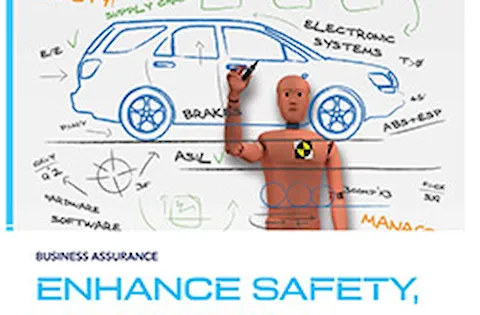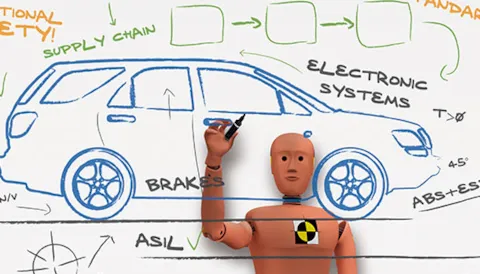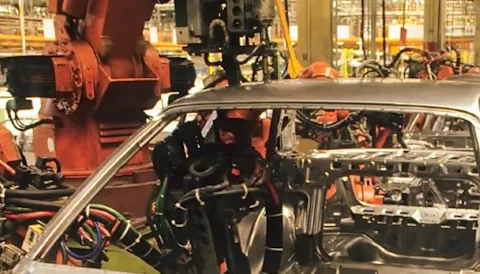Functional Safety for Automotive – ISO 26262
ISO 26262 published in 2011 is designed for the specific risk picture of the automotive industry and road vehicles. It ensures the design and build of functionally safe vehicles and efficient safety management through the supply chain.
Functional Safety for Automotive – ISO 26262
Modern vehicles are highly dependent on well-functioning on-board computers, sensors, actuators and networks. It is in the vehicle’s electric and electronic (E/E) system most of the future innovations will take place now when the automotive industry rapidly moves towards a future with autonomous vehicles and intelligent transportation systems. At the same time this complex area leads also to an exposure of risk with regards to functional safety.
Relevant Standards
ISO 26262 Road Vehicles Functional Safety is the adaptation of IEC 61508 for the automotive industry. It defines what is requires to avoid unreasonable risk due to hazards caused by malfunctioning behaviour of E/E systems. The current version ISO 26262 only cover passenger cars up to 3½ tonnes but in the new version of the standard, which will be published in 2018, it will also cover trucks, busses and motorcycles.
Implementing ISO 26262 ensures that a high level of safety is built into the car and its components right from the start. The standard can be used to establish a safety management system based on internationally recognized best practices and the latest approach to risk management. Car manufacturers use compliance to ISO 26262 as a means to qualify components and potential suppliers of E/E components.
Basic Technical Concepts
ISO 26262 is a multipart standard defining requirements and providing guidelines for achieving functional safety in electrical and electronic systems installed in road vehicles. The standard defines a functional safety lifecycle which starts with a Hazard and Safety Analysis. From this analysis the level of risk reduction needed for avoiding an unreasonable residual risk is deduced and this is defined as the Automotive Safety Integrity Level (ASIL).
The ASIL defines the needed safety measures i.e. the rigidity needed in the process when developing safety mechanisms at the system, hardware and software level. ASIL D represents the most stringent level and ASIL A the least stringent level. The ISO 26262 standard also defines the requirements on the management system, the need for planning in the functional safety lifecycle and on the supporting processes such as requirements management, configuration management and change management.
Our Services
We offer a range of services to help companies working to adopt the ISO 26262 standard.
Our services include:
- Training - from short introductory e-learning courses to five day courses including courses for auditors and assessors.
- Gap analysis and readiness review.
- Process & Technology Improvement.
- Functional safety assessment and Certification.

Votre valeur ajoutée
En savoir plus sur l'expérience client numérique.

Formations
Découvrez toutes nos formations

ViewPoint
Un aperçu de nos enquêtes internationales : discutez des meilleures pratiques et des tendances avec des experts DNV et des pairs de l'industrie.

Notre outil d'auto-évaluation
Il permet de mesurer votre propre compréhension d'une norme choisie et l'état de préparation réel de votre système de management.
Plus d'information

Aller vers une performance responsable ?
Petit guide de la RSE (en anglais)

ISO 26262
Télécharger notre flyer (en anglais)
Article externe source www.lembarque.com
L’ISO 26262, une référence pour la sécurité fonctionnelle du logiciel dans l’automobile




